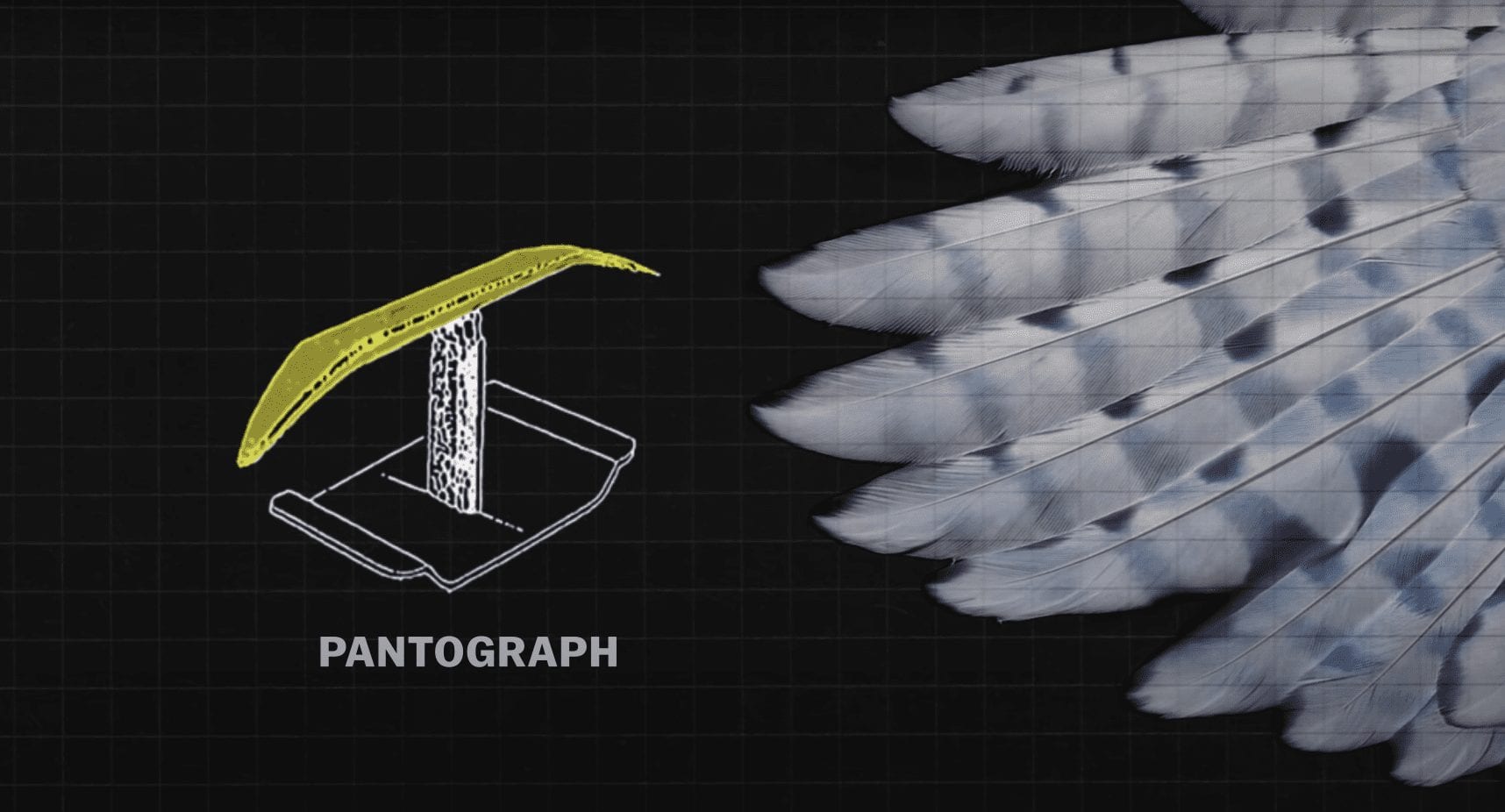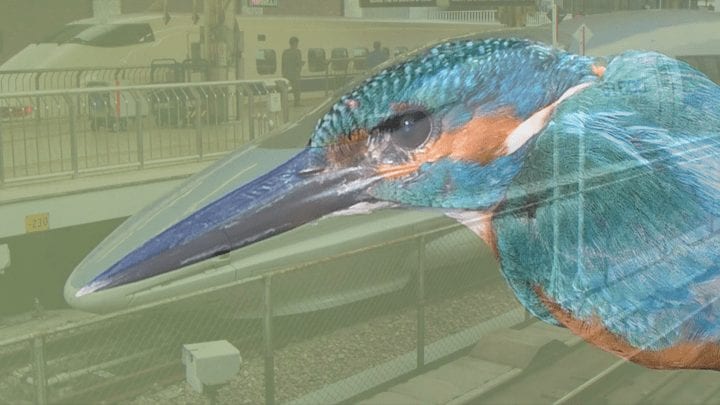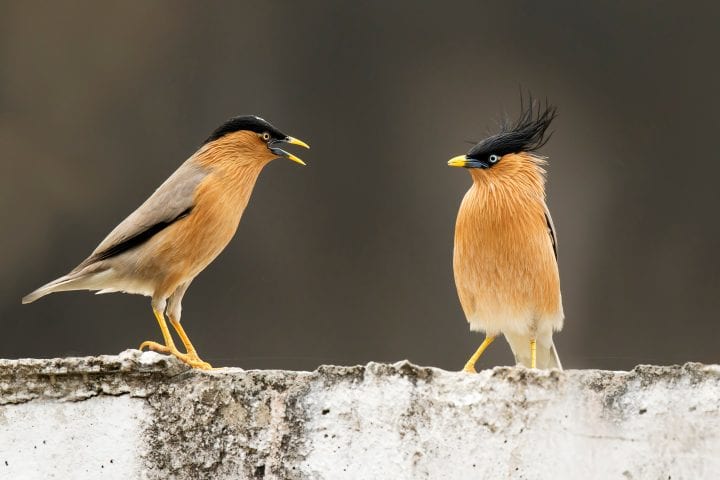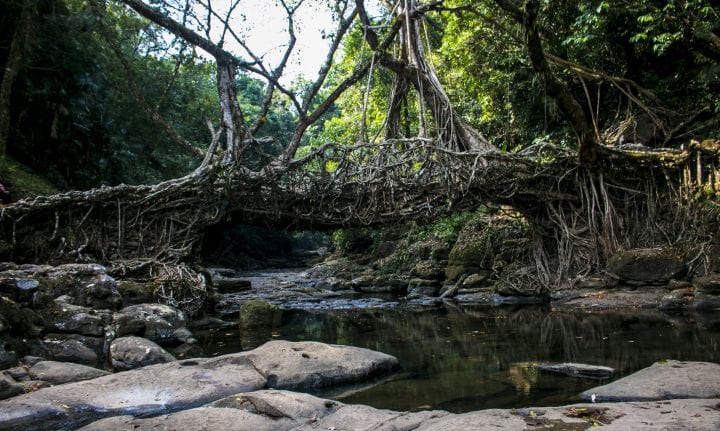This 6-minute video introduces biomimicry, the application of biomimicry at different scales, and connections to the circular economy.
Objectives
- Viewers will learn what biomimicry is through an example that includes three biomimetic designs.
- Viewers will learn that biomimicry can be applied at three scales.
- Viewers will learn that biomimicry at the ecosystem level can contribute to designing a circular economy.
This video featuring Janine Benyus begins with a story about the Shinkansen high speed train in Japan and how helped solve several problems with its noise levels. It’s one of the few videos available about the Shinkansen train that mentions all three biomimetic solutions. Other biomimicry examples are included as well as a nice description of the different scales at which biomimicry can be applied (form, process, and system), and how what we learn from ecosystems can contribute to creating a circular economy.
In the classroom, this video is a good choice to give students a quick overview of biomimicry. The fact that the video mentions applications of biomimicry at different scales also provides an opportunity to address what those scales mean within a design or system. After viewing this video, consider having students search for biomimicry examples of each.

Related Ask Nature Content
Learn more about the innovations described in this video








